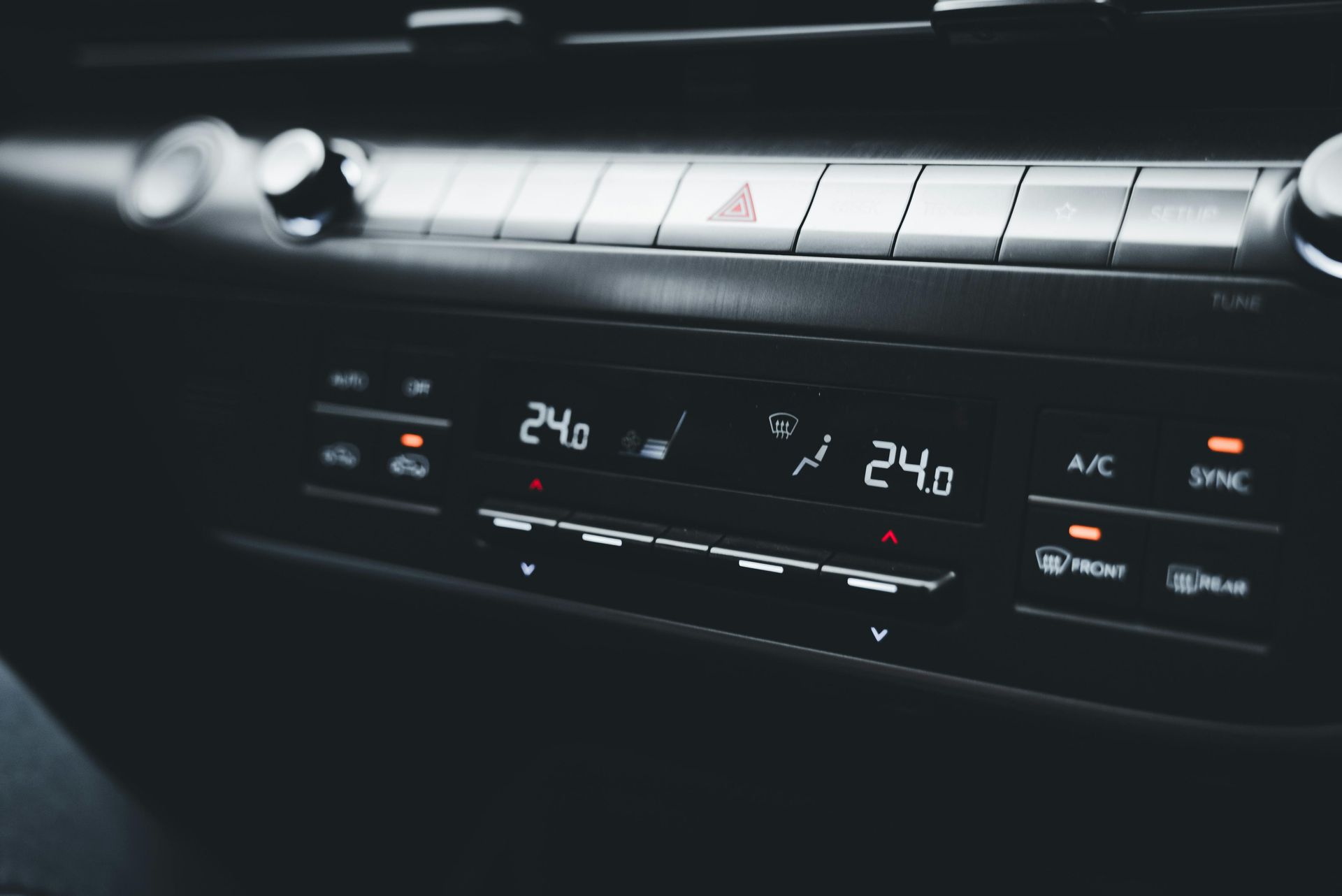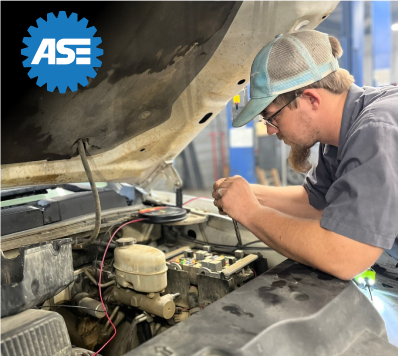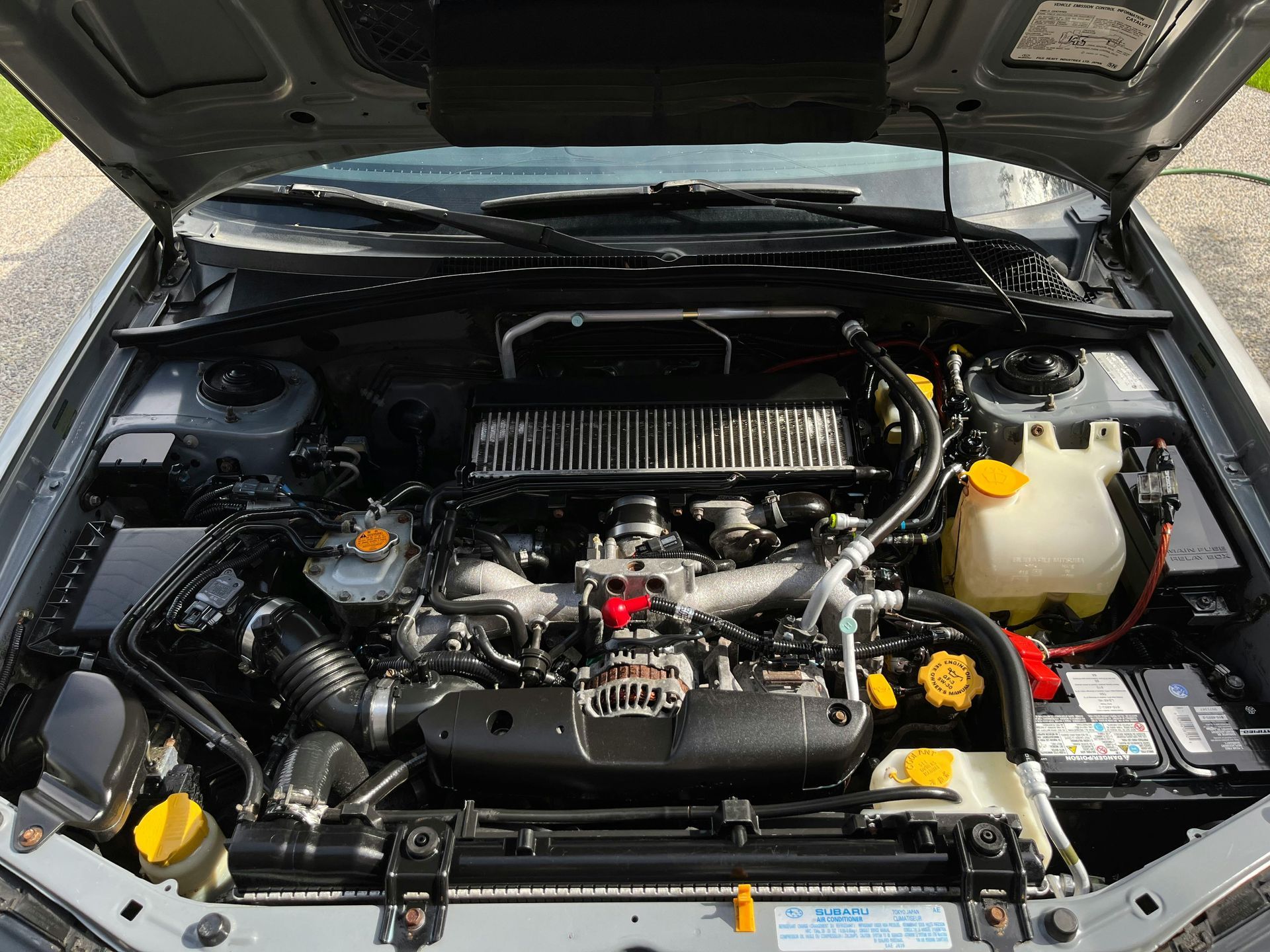Your car’s tires are important for your vehicle's performance and safety. They connect your car to the road and ensure you have the grip, handling, and braking power necessary to drive with confidence. But how do you know when it’s time to replace them? Tire wear is inevitable, and driving on worn-out tires can be dangerous, leading to poor handling, longer stopping distances, and even blowouts. So, how can you tell if your tires have reached the end of their life?
1. Tread Depth
Tread depth is one of the easiest ways to tell if your tires need replacing. The more you drive, the more the tread wears down, and when it gets too low, your tires can’t provide the traction needed for safe driving. The legal limit for tread depth is 2/32 of an inch, but most experts recommend replacing your tires before they get that low, especially if you drive in wet or slippery conditions.
You can check the tread depth using the "penny test." Insert a penny into the tread groove with Lincoln’s head facing down. If you can see the top of Lincoln’s head, your tread is too worn, and it’s time for new tires.
2. Cracks and Bulges
Tires go through a lot, from extreme heat to freezing cold, all while carrying the weight of your car. Over time, the rubber can develop cracks, either from natural aging or from exposure to the elements. These cracks weaken the tire structure and can lead to blowouts.
Bulges are another red flag. They usually indicate that the tire’s internal structure has been compromised, often by hitting potholes or curbs. If you notice bulges on the sidewall, it’s time to replace the tire immediately, as this could result in a sudden and dangerous tire failure.
3. Uneven Wear Patterns
Not all tires wear out evenly. If your tires show signs of uneven wear, it could be due to misalignment, improper inflation, or suspension issues. Check for patterns like excessive wear on the inside or outside edges or bald spots.
Uneven wear not only shortens the life of your tires but also affects your car’s handling. For instance, tires that are worn on one side can cause your car to pull in one direction, which can be dangerous, especially at high speeds. Regularly rotating your tires can help promote even wear, but if you notice significant differences in tread depth from one tire to another, it might be time to replace them.
4. Vibrations While Driving
Feeling a vibration in your steering wheel or throughout your car while driving could be a sign that your tires are wearing unevenly or that they are out of balance. While some vibrations can be caused by other issues like alignment or suspension problems, tires are often the culprit.
If your tires are worn down, the lack of even contact with the road can create these vibrations, making your ride uncomfortable and unsafe. If balancing or rotating the tires doesn’t solve the problem, you’ll likely need to replace them.
5. Age of the Tires
Even if your tires appear to be in good shape, their age could still be a problem. Most tire manufacturers recommend replacing tires after six to ten years, regardless of wear. Over time, the materials in tires deteriorate, leading to potential failure, especially under stress.
You can check the age of your tires by looking at the DOT number on the sidewall. The last four digits of this number represent the week and year the tire was manufactured. For example, if the number is “2518,” the tire was made in the 25th week of 2018. If your tires are approaching or past that six-year mark, it’s time to think about replacing them.
Need new tires?
William Wells Tire & Auto is here to help! Schedule a tire inspection with us, and we’ll ensure your vehicle is equipped with the best tires for a smooth, safe ride.








